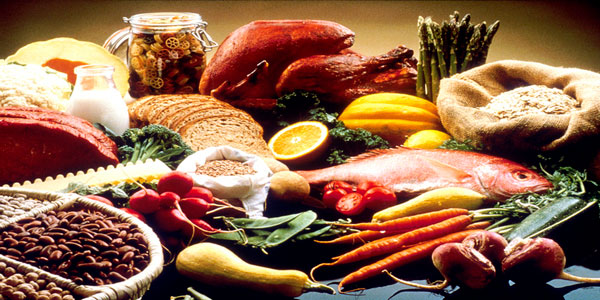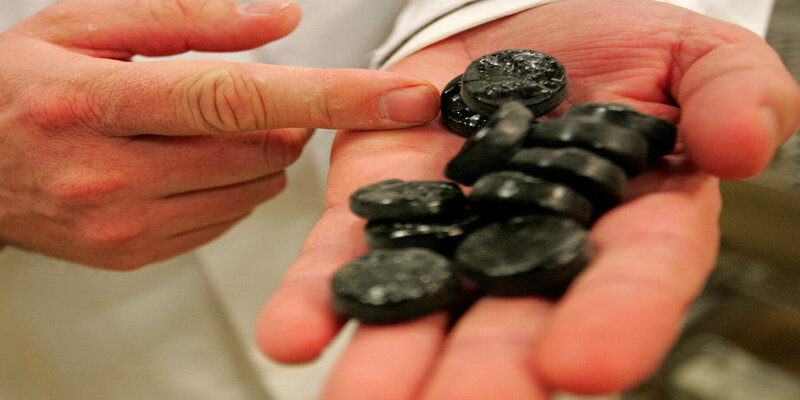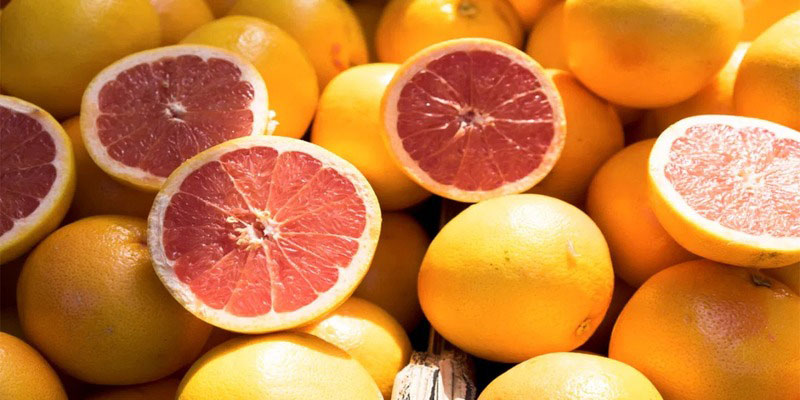You'll be well ahead of the nutrition game if you fill your diet with fresh produce, healthy grains, and lean meats. But there's still a possibility you're making errors with your food choices without even recognizing it, even if you eat five a day, avoid the junk food aisle, and maintain a healthy weight. You may not receive as many vitamins and minerals as you think since not all meals, even healthy ones, are created equal. Quite the opposite, you may be unwittingly subjecting your body to an overload of sugar and salt. You should fill up the gaps in your diet if you are looking to improve your health. Vegetables, fruits, legumes, grains, proteins, dairy, and fats are each group's best and worst.
Worst Vegetable: Anything Canned
In addition to salt, canned veggies are generally devoid of fiber and other beneficial elements. Consuming canned veggies instead of fresh ones reduces their nutritional value. Or, they may include sugar, additives, salt, or toxic flavorings that you need to be made aware of and detract from the wonderful nourishment you're getting. Choose frozen veggies if you need a quick and easy meal option but would rather save time preparing them from scratch. Because of the rapid freezing during harvest, they retain the nutritional value of fresh produce. According to Rachel Brandeis, RDN, a spokesman for the Academy of Nutrition and Dietetics, "they have no added salt and are less wasteful because you can prepare exactly what you need and save the remainder in the freezer."
Worst Veggie: Starchy
Vegetables high in starch include corn, peas, potatoes, pumpkin, squash, and yams. There is a wide variation in the nutritional value of starchy vegetables. To provide just two examples, Yams and pumpkins are rich in fiber and beta-carotene. But potatoes have a lot of potassium. Vegetable starches are an excellent source of antioxidants, vitamins, and minerals and should be a regular part of any balanced diet. However, because they are sources of carbs, they should only make up roughly a quarter of a healthy plate. Weight reduction from eating leafy greens and cruciferous vegetables was shown to be much more than from eating potatoes, peas, and maize, according to new research from Harvard University.
The Best Legume Is Cooked Bean
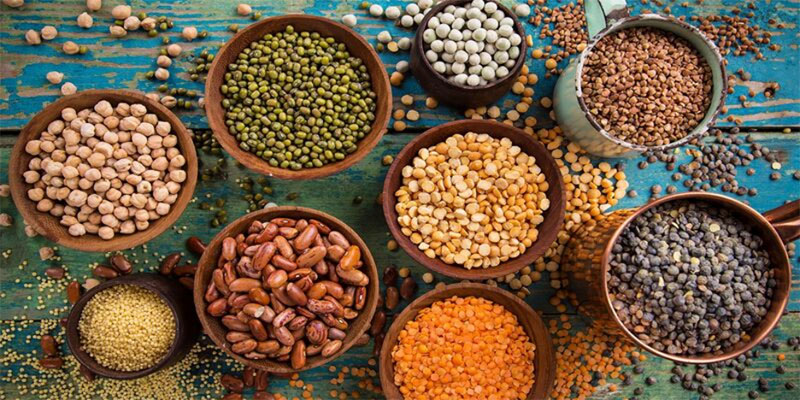
When coupled with good grains and veggies, beans like chickpeas, black beans, and pinto beans make for a filling and nutritious vegetarian dinner. Sharon Palmer, RDN, a specialist in plant-based diets, praised these items, noting that they are "particularly wonderful" since they are complete plant foods and are highly rich in fiber and plant protein. Also, eating beans after they've been cooked may help lower your chances of developing diabetes and obesity. Canned beans are a healthier alternative to fresh veggies since they retain their nutritional value even after being canned. Drain and rinse them after cooking in a can, and you'll have perfectly edible canned beans.
Canned Baked Beans Are The Worst Legume
Beans from a can are just as nutritious as fresh beans, so feel free to stock up on them instead of canned veggies. When you wash them before eating, you may considerably reduce the salt level. According to registered dietitian nutritionist Nicole Rodriguez, the most popular brand of baked beans has three teaspoons of sugar per serving and fifty percent more salt than other brands. When shopping for canned black bean or lentil soup, read the label to ensure you get the right amount of fiber and protein.
Processed Fruit Drinks Are The Worst Fruit
Labeling these items betrays the false advertising that they contain "genuine juice." They include plenty of sugar, little nutritional value, and chemical sweeteners. Some firms attempt to hide the high sugar content of their fruit drinks by fortifying them with artificial sweeteners. According to research conducted at Harvard Medical School, substituting artificial sweeteners for sugar may increase the consumption of artificially flavored, low-nutrient meals. It would be best if you didn't drink bottled juices.
Best Fruit: Frozen Fruit
One of the healthiest things you may find in the freezer is frozen fruit. Most frozen fruits are frozen soon after harvest, so the fruit can mature completely before being frozen. The Institute of Nutrition and Dietetics reports that this implies they are nutrient-dense and preserve many of their vitamins, minerals, and antioxidants.
Whole Grains Are The Best Grain
Fiber, healthful plant-based nutrition, vitamins, minerals, and even a wide variety of phytochemicals may all be found in whole grains. Whole grains have two forms of fiber—soluble and insoluble—both helpful to your health, and adults require around 25 to 35 grams of fiber daily. Two slices of dark rye bread have 5.8 grams of fiber, whereas the same quantity of white bread has just 1.9 grams.
Ancient Grains Are The Best Grain
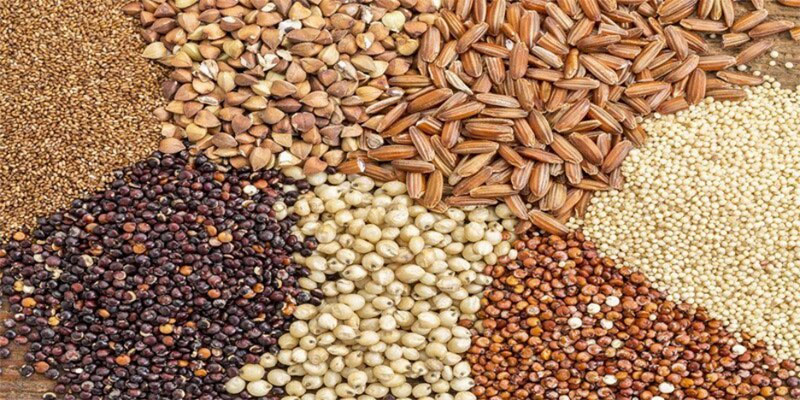
Unlike current wheat varieties, ancient grains haven't undergone significant alteration in the previous several centuries, thus the name "ancient grains" (crossbred). Such ancient grains as quinoa and teff are nutritional powerhouses due to their high protein, calcium, and fiber, as well as lysine (an amino acid) content, all of which aid in fat burning.
Conclusion
Why do we keep coming back for those fatty, fried, crunchy, and creamy foods that only serve to make us fatter, sicker, and more hypertensive? Said, they're delicious! Below, you'll find a list of the ten worst meals you're consuming and healthier alternatives for those times when you just can't resist indulging. You'll be well ahead of the nutrition game if you fill your diet with fresh produce, healthy grains, and lean meats. But there's still a possibility you're making errors with your food choices without anyone even recognizing it, even if you eat five a day, avoid the junk food aisle, and maintain a healthy weight.
